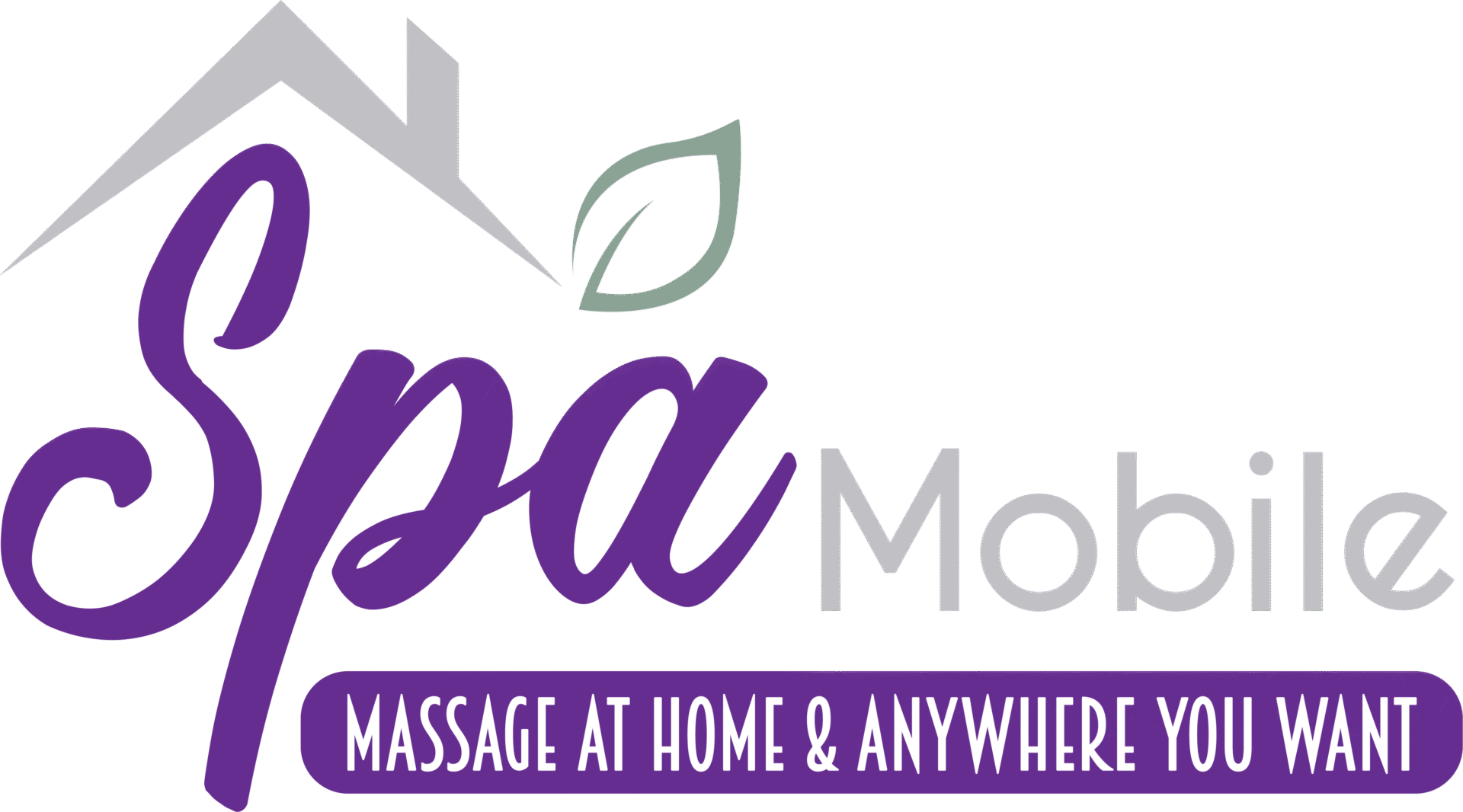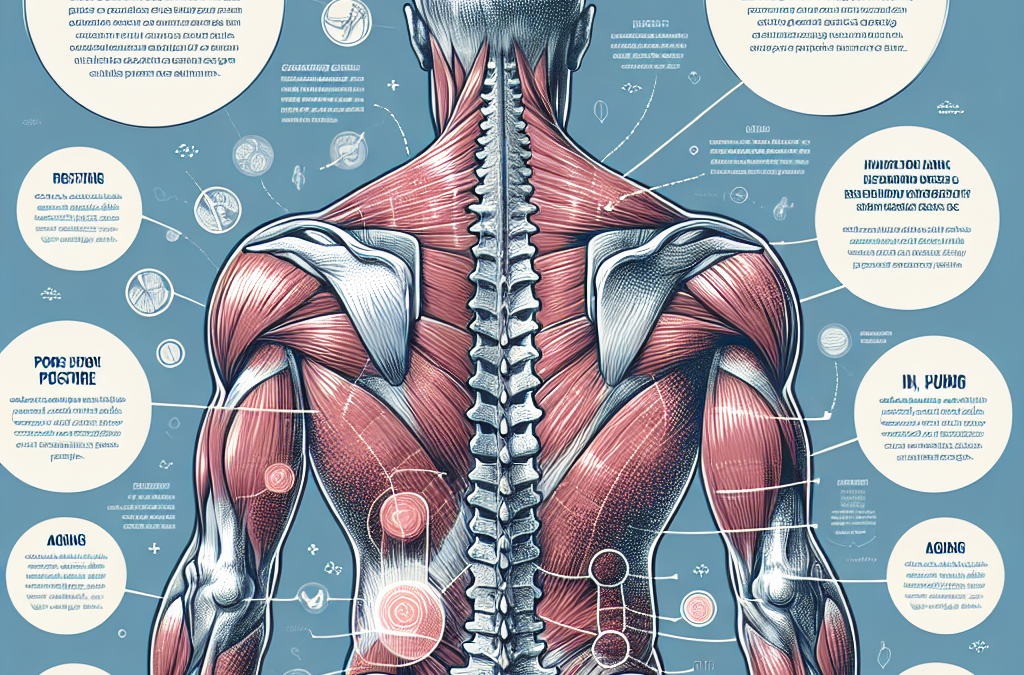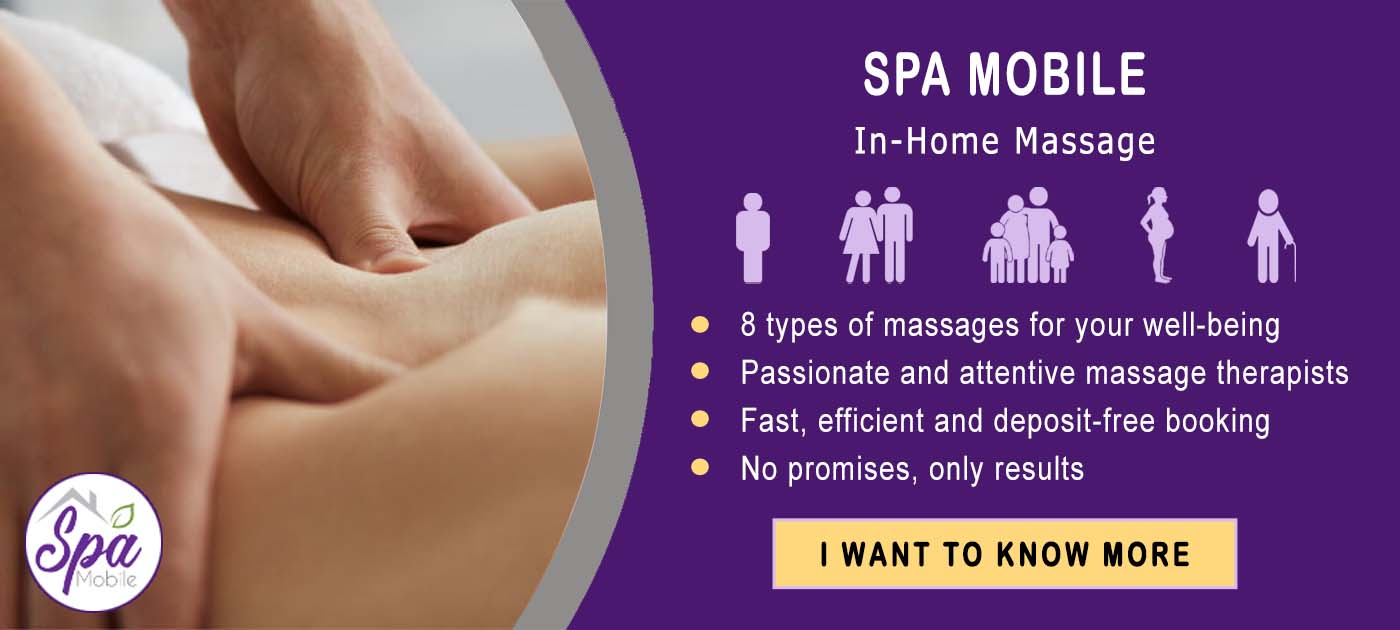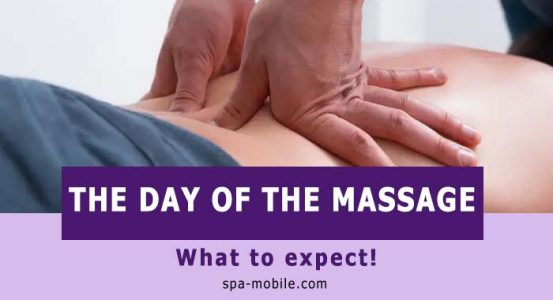- WHAT IS IN THIS GUIDE?
- What exactly do you want as a result?
- What is the situation in the medical world?
- Traditional medicine is failing for lower back pain
- Scandalous facts from doctors
- Understand the biological and psychological aspects.
- Understanding the anatomy of the lower back
- What is lower back pain?
- 1. Nonspecific low back pain
- 2. Pain in the nerve root, often called sciatica
- 3. Cauda equina syndrome
- 4. Less common causes of low back pain
- What are the temporary solutions for lower back pain?
- Why are passive therapies a barrier to your healing?
- What is the fundamental role of a health professional?
- What is the permanent solution to your unique situation?
- How does the permanent solution work for a permanent cure?
- STEP 1: CHOOSE YOUR DESIRE
- STEP 2: CHOOSE YOUR INTENTION OR GOAL
- STEP 3: HOW DID YOUR SITUATION BORN?
- THE BIRTH OF MY LOWER BACK PAIN
- STEP 4: HOW DID THIS SITUATION BECOME AN UNCONSCIOUS HABIT?
- STEP 5: WRITE OUT YOUR STRATEGY AND ACTION PLAN
- Why a written action plan?
- To finish
- Choose massage therapists attentive to your desire
How many years have you endured your chronic lower back pain?
How many specialists, doctors, therapists, or charlatans have you met?
Are you bored and frustrated with wasting your time and money with people who want you to believe in all sorts of things not to cure you permanently, but simply people who are only concerned with their best interests without the customer, without you being able to be satisfied?
Is it irresponsibility, incompetence, recklessness or bad faith?
The truth is you are not alone; there are millions of people like you and me who suffer from chronic lower back pain, and yet you believe over and over again that you need a temporary, quick fix. and corrective. Unfortunately, they can give you temporary relief, but are you aware that you are repeating the same process, which produces the same results?
To end your chronic back pain, you must become aware of how it started and act on the process in question and not react by unconscious habits by looking only for temporary solutions to calm the effects of the pain.
In other words, are all of these healers conditioned by a deep habit of solving a problem by the end, not the beginning and the end, where your lower back pain originated, and also by temporary relief?
Ultimately, the only solution that works to ending your chronic low back pain has to be on your own and with someone who understands your creative power without seeking to keep you trapped as a “paying customer”?
What exactly do you want as a result?
Have you noticed that no matter what doctor, therapist or health professional you go to see, in your mind and without realizing it, you have already decided what you want due to your ailment? Back?
In truth, if you choose a “way to do” (doctor, massage therapist, physiotherapist, acupuncture, medication, etc.) without realizing that you have a free choice regarding your “wishes to be or to have,” then it is. These means will likely bring the same results—temporary results to your chronic lower back pain and, therefore, relief.
Have you forgotten that your nature is first to choose your desired desires and a goal to accomplish that is close to your heart and then see the means or solutions to get there?
Why does almost everyone start with what to do and not what matters most to them? Are we trapped in fear of medical professionals and submit to their authority? Submit to their directives like slaves with nothing to say!
So, I have two questions for you:
- Do you want to relieve your back pain or end it once and for all?
- What do you love so much that your back pain is preventing you from doing?
Your answers will determine your intention (desire and goal) that is best for you and not that of the healthcare professional.
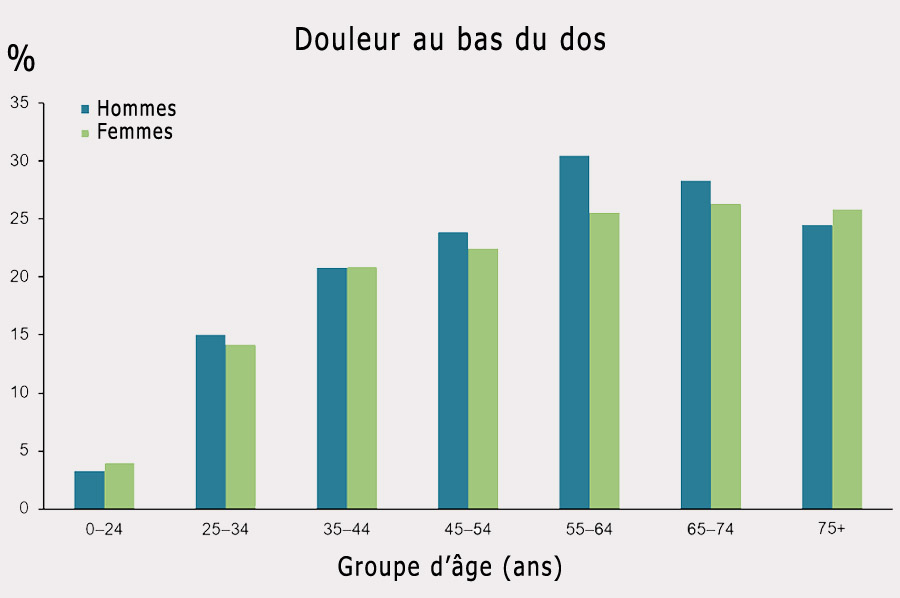
What is the situation in the medical world?
Millions of chronic low back pain patients like you and me struggle in a healthcare system that is not equipped to help us. We are pushed into intrusive, addictive and costly interventions that often fail or can even harm us significantly.
During this time, our doctors believe that there are cures for everything, and lower back pain is one of those almost universal diseases with no treatment. Therefore, with their taxes, we, the patients and the taxpayers, end up paying the price for this failure in terms of dollars and health.
Fortunately, more and more people are looking for conservative therapies for lower back pain. While yoga, tai chi, massage, and acupuncture have been around for a long time, there was little high-quality research to understand their effects on back pain, and doctors looked down on these practices for apparent reasons of fear. To lose something.
But over the past decade, that has changed.
To better inform me to free myself from my lower back pain, I did research in many medical journals on low back pain treatments and read about fifty studies on the two approaches:
- Active therapies: Yoga, aerobic dance, cardio, weights, Zumba, tai chi, etc.
- Passive therapies: Massage therapy, chiropractic, acupuncture, etc.
What I found surprised me! Many therapeutic approaches seem to help, although often with modest effects. But when we compare even these tiny benefits with the harm we are doing to ourselves now while treating lower back pain with medication, the horror of the situation becomes very clear.
Does complete recovery from chronic back pain rely on active and passive therapy, realizing how our pain originated, and using our power of creation to create a plan? Action that motivates us to act and the great pride in accomplishing our goal?
The art of medicine is to distract the patient while nature heals them!

Traditional medicine is failing for lower back pain
Lower back pain is one of the main reasons people go to the doctor, affecting 30% of adults. It is also the main reason for the absence of work worldwide.
Doctors talk about back pain in different ways, but 80% of people suffer from nonspecific lower back pain. This means the persistent pain has no detectable cause, such as a tumour, a pinched nerve, an infection, or a tear.
About 70% of the time, low back pain is short-lived and goes away in a few days or weeks without much problem. A minority of patients, however, suffer from slightly more severe back pain that lasts between four and twelve weeks or chronic lower back pain that lasts three months or more.
Nonspecific chronic lower back pain is the kind that the medical community is often wrong at dealing with. Many of the most popular treatments offered by doctors for chronic nonspecific low back pain are bed rest, spine surgery, opioid pain relievers, and steroid injections, and all have been ineffective in most cases and sometimes downright harmful.
No one dies from chronic lower back pain, but people are dying from medical treatment these days!
Scandalous facts from doctors
In the past five years, more than 100,000 North Americans have died from opioids. Prescribing opioids is common among people with back pain, with nearly 20% of them receiving long-term opioid prescriptions.
All of these opioids were prescribed without really knowing whether they helped people with chronic lower back pain. The situation is getting worse, and now high-quality evidence is coming, and the opioids do not help many patients with chronic lower back pain.
Controlled trials have recently been published to compare the long-term use of opioids with non-opioid drugs (such as anti-inflammatory drugs and acetaminophen) for chronic low back pain and osteoarthritis of the hip or knee. After a year, the researchers found that opioids did not improve patients’ function any more than non-opioids. Patients on opioids felt slightly more pain than the non-opioid group.
As for surgery, only a tiny minority of patients with chronic low back pain required it. There was no significant difference in clinical trials when comparing the results of patients who underwent spinal fusion (which became increasingly popular with those who received non-surgical treatment.
Steroid injections for lower back pain, another popular medical treatment, tend to have equally poor results. They improve the pain slightly in the short term, but the effects wear off in a few months. The injections also do not improve the long-term health outcomes of the patients.
It’s not entirely surprising that surgeries, injections, and prescription drugs often fail, given what researchers are now learning about lower back pain.
Historically, the medical community believed back pain was related to the nature and severity of an injury or anatomical problem. But now it’s clear that what’s going on in your brain and your decisions also matter.
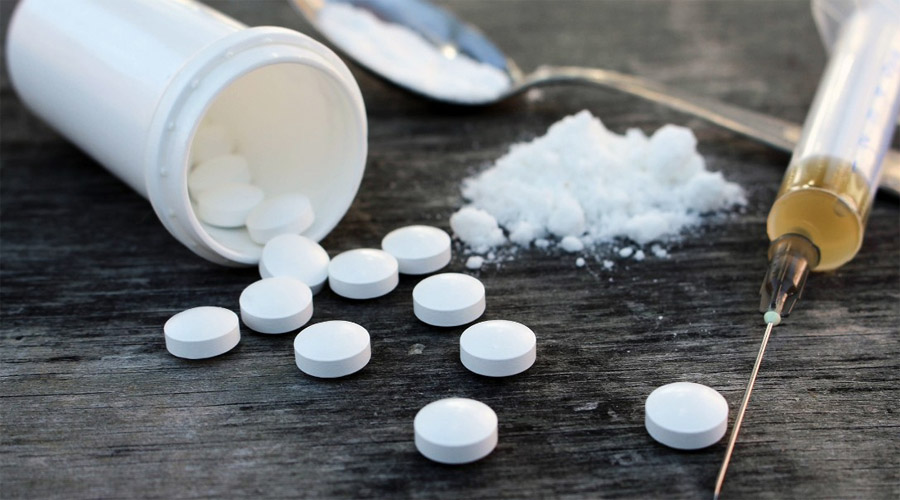
Understand the biological and psychological aspects.
The best understanding of low back pain is that it is a complex disease. It affects biological aspects such as structural or anatomical causes, which play a specific role and psychological and social factors, which also play an essential role.
For example, when comparing people with the same magnetic resonance imaging results showing the same lower back injury and bulging discs or arthritis on the facet joints, some people may experience terrible chronic pain. In contrast, d others report no pain at all. People who are stressed or prone to depression and anxiety tend to suffer more, as do those with a history of trauma early in life or unhappy at work.
Awareness of the role psychological factors play in how people experience pain has become widespread, shifting from the dualistic view of mind and body to the more integrated biological and psychological model. The researchers warned in a review of exercise research that chronic nonspecific low back pain should not be considered a homogeneous condition or the same for everyone.
A new understanding of pain called central sensitization is also gaining ground. The basic idea is that in some people who suffer from continuous pain, changes occur between the body and the brain that increase the sensitivity to pain to the point that even things that normally don’t hurt are perceived as painful.
Understanding the anatomy of the lower back
The lower back is also called the lumbosacral area of the back. It is the part of the back between the lower ribs and the upper legs.
Most of the lower back is made up of muscles that attach to and surround the spine, which is made up of many bones called vertebrae. The vertebrae are roughly circular, and between each vertebra is a disc. The discs between the vertebrae combine a strong fibrous outer layer with a softer, gel-like center. The discs act as shock absorbers and allow the spine to be flexible.
Strong ligaments attach to adjacent vertebrae to provide additional support and strength to the spine. The different muscles attached to the spine allow it to bend and move in different ways.
The spine protects the spinal cord, which contains the nerve pathways to and from the brain. The nerves in the spinal cord exit from between the vertebrae to take and receive messages to various parts of the body.
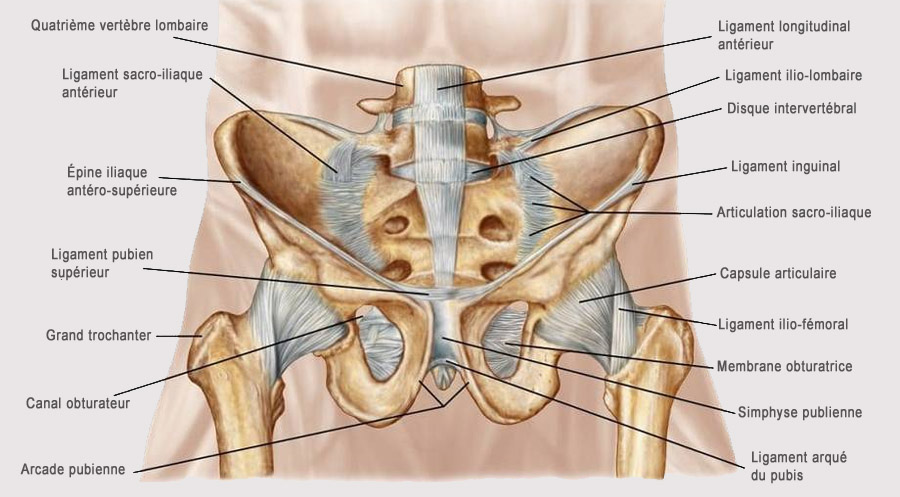
What is lower back pain?
About 80% of people have or will have lower back pain in their lifetime. In most cases, it’s not due to severe illness or back problems.
Nonspecific lower back pain is classified as chronic if it lasts over three months. It lasts for months, years, or even decades in some people. Symptoms may be constant. However, the most common pattern is one in which the symptoms follow an irregular course. Reasonably, long periods of mild or moderate pain can be interrupted by episodes of more severe pain.
There are several types of lower back pain, and here are the four main ones:
1. Nonspecific low back pain
This is the most common type of lower back pain that is observed. Most cases of sudden onset low back pain are classified as nonspecific. Most people will have This type of back pain at some point.
It’s called nonspecific because it’s usually not clear what is causing the pain.
In other words, no specific problem or disease can be identified as the cause of the pain. The severity of the pain can vary from mild to severe.
2. Pain in the nerve root, often called sciatica
This occurs in less than 5% of acute low back pain. Nerve root pain means that a nerve coming out of the spinal cord (the nerve root) is irritated or pressed. Many people call it a stuck nerve, and you experience pain along the path of the nerve.
As a result, you usually have pain in one leg, sometimes up to the calf or foot. Pain in the leg or foot is often worse than pain in the back. Irritation or pressure on the nerve can also cause tingling, numbness, or weakness in part of a buttock, leg, or foot.
About 90% of nerve root back pain is caused by a disc, often referred to as a herniated disc. This happens when part of the softer inner part of the disc swells up due to weakness in the harder outer part of the disc. Thus, the disc can rest on a nearby nerve. Other less common conditions can also cause pressure on a nerve and pain in the nerve root.
3. Cauda equina syndrome
Cauda equina syndrome is a severe nerve root problem. It is a rare disease in which the nerves at the bottom of the spinal cord are strained.
This syndrome can cause lower back pain and problems with bowel and bladder function (usually an inability to urinate), numbness in the stool area, and weakness in one or both legs.
This syndrome requires urgent treatment to prevent the nerves in the bladder and intestine from being permanently damaged.
4. Less common causes of low back pain
Inflammation of the joints (arthritis) of the spine sometimes causes lower back pain. Osteoarthritis is a common form of arthritis and usually occurs in older people.
Another form of arthritis that can occur in young adults is rheumatoid arthritis, which causes pain and stiffness in the lower back. Rheumatoid arthritis can affect the spine, but other joints are likely also to be affected.
A variety of rare bone disorders, tumours, infections, and pressure from structures close to the spine occasionally cause low back pain, but less than 1% of cases are caused by these conditions.
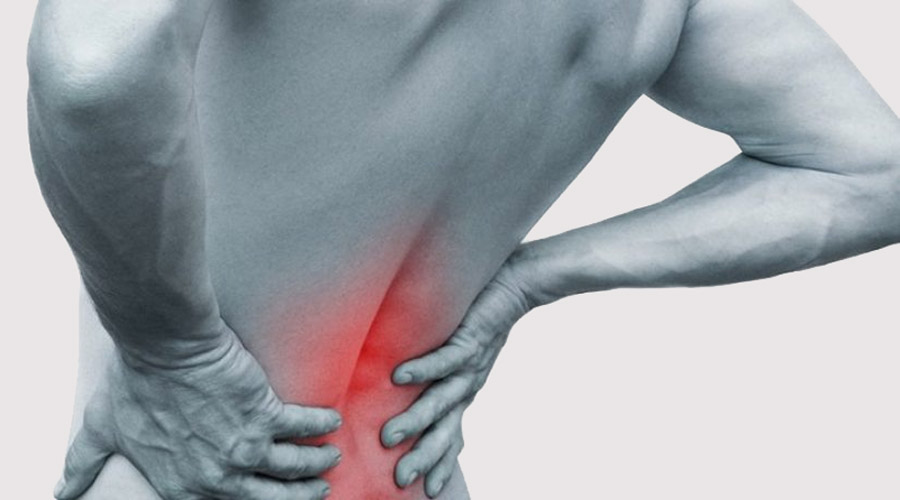
What are the temporary solutions for lower back pain?
As I explained at the beginning of this guide, if you consciously or unconsciously choose to relieve your lower back pain, temporary solutions are the right means to achieve that desire.
These temporary solutions are grouped into three categories to give you examples:
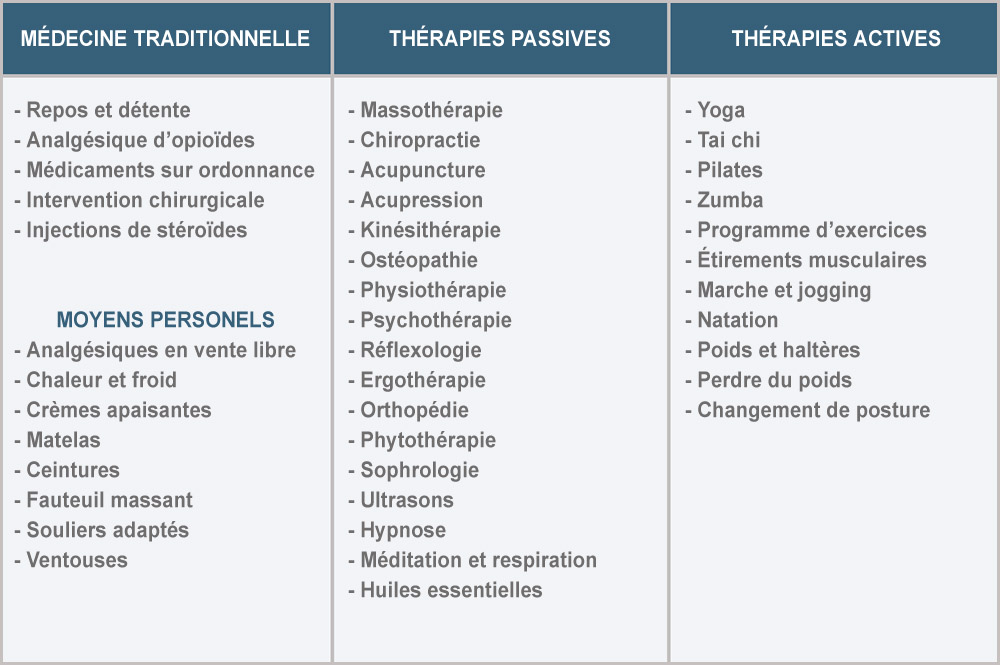
Despite the apparent risks, doctors continued to prescribe opioid pain relievers, perform surgeries, and use steroid injections, sometimes to patients who could not afford to try alternative solutions because they did not. were not covered by insurance plans.
Slowly, however, things started to change, as doctors and public health agencies increasingly advise, to try less invasive options and even alternative therapies before considering opioids, surgery or injections. .
In most passive therapies, little or no harm is experienced by patients (except for their wallets), which makes them all the more attractive amid the horror of traditional medical solutions.
There has been a growing body of research suggesting that certain active therapies (in which the patient does the actions themselves as directed by the healthcare professional), such as exercise programs, yoga, or tai chi, can really help people overcome chronic lower back pain and may also be effective.
However, even with active therapies, there is a significant risk that they will not produce any improvement because, first of all, you have to understand how your lower back pain started and the deep habit that has set in.
Therefore, all of these therapies have one thing in common: they are reactive and not creative because they do not seek to know the process involved that created and is recreating your chronic lower back pain.
They seek to relieve you only, regardless of whether they are passive or active.
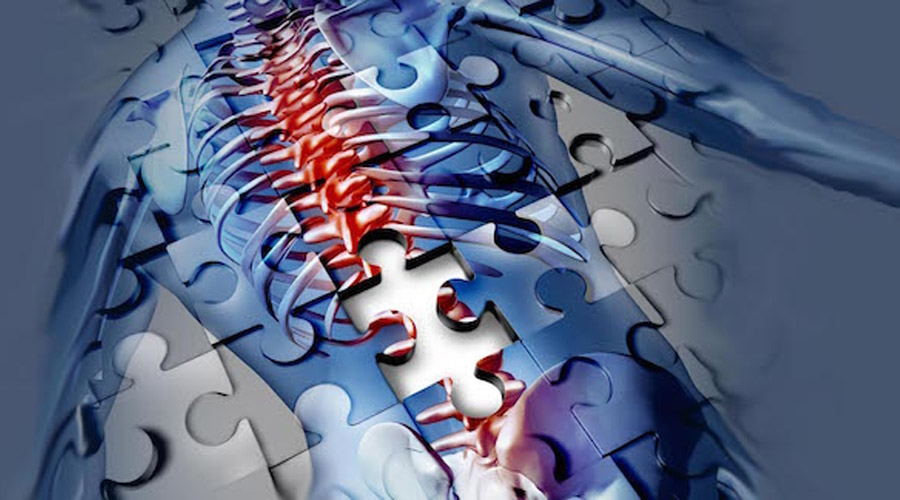
Why are passive therapies a barrier to your healing?
Passive therapies are solutions in which the patient does not need to participate, move, or make an effort; therefore, no action on his part is required.
Passive treatments convey a fundamental view of lower back pain. Damaged or dysfunctional tissue would send pain signals to the brain, causing the pain it feels. This flawed model has more profound implications than one dares imagine.
First, if you consider that an injury is responsible for the pain, you cannot be relieved if you do not get rid of that injury. You have no choice but to seek out the services of the therapist who they believe has the best technique or the miracle solution needed to treat the injury they believe to be the cause. I don’t find this commendable or credible, and here’s why.
Still according to the same model, you should not resume your favorite activities until the injury has been healed, otherwise it will worsen. This promotes three things:
1. Dependence on the therapist, believing only he can help you.
2. A very pessimistic and distorted view of your body, believing that it is fragile, tense, misaligned, badly screwed up and that you must go for regular treatment; otherwise, you will have even more pain.
3. An unconscious habit focusing on something probably insignificant, while other factors intermingle with the initial factors and worsen your condition.
Many therapists spend their time trying to act on parts of the body that, most of the time, are not even responsible for the pain. My message is that there is no one cause of pain.
Chronic pain results from a complex interaction between many factors. Ultimately, if someone claims to know the precise cause of your lower back pain or chronic lower back pain, that should arouse your suspicion.
Passive treatment aimed at the so-called cause of your problem has very little chance of definitively solving it or ending it. I’m not saying these passive therapies are unnecessary. They can be useful when integrated into active therapies and supported by the patient with the correct explanations.
They are certainly not when advertised as the only treatment for your chronic lower back pain.
However, you should remember your first desire, either to relieve your lower back pain or to permanently end it. It’s all about your desire.
You may be asking yourself right now: What is the real role of health professionals?
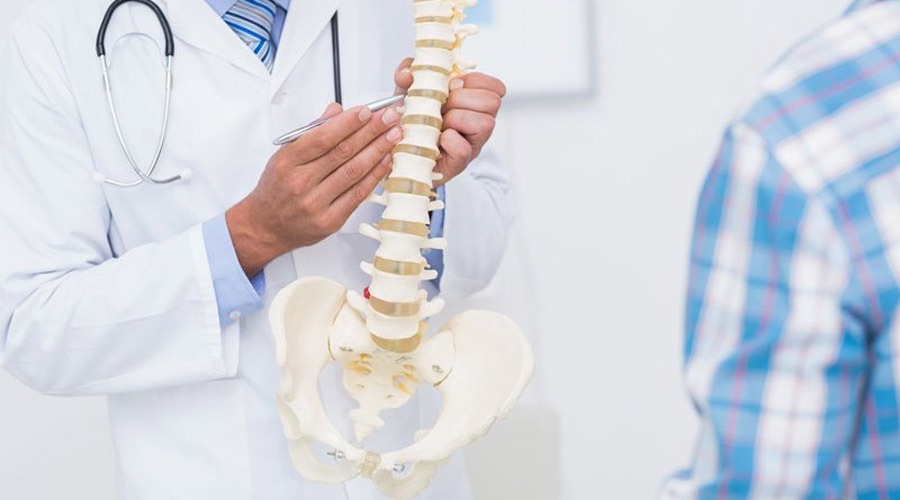
What is the fundamental role of a health professional?
The real role of a health professional is not to make you dependent on him or to believe himself an authority over you but to guide you and accompany you towards independence.
It allows you to make the most of your potential, thanks to therapeutic education, exercises and movements, and lifestyle advice, to understand how your pain started and how certain unconscious habits restore strength To your pain and to explain your power of creation to motivate you to act.
By imparting knowledge and experiences to you, it helps you update your beliefs and representations about the lower back pain you are experiencing. Breaking the vicious cycle of chronic low back pain takes time, as well as a profound, lasting change in your lifestyle. Therefore, this translates into a change in your beliefs and habitual behaviours.
Obviously, he offers you his passive or active therapies to temporarily relieve you because he, too, has personal desires and intentions that you should not forget, just like yours. By creating an environment favourable to healing and using passive and active treatments as a temporary solution, he gives you all the means to take charge of yourself and access autonomy and well-being.
Therefore, you can tailor your lifestyle and activities for the best possible healing, ending your chronic lower back pain or just relieving it if that is your desire.
As you will understand, the main changes are happening on your side, as well as your initiative and motivation. This is not to shift all the responsibility onto yourself, of course, but to make you realize that you must participate in all decision-making and active therapy.
Alas! Very few therapists have this vision, and even fewer doctors!
Being more creative and active is the best thing you can do.
What is the permanent solution to your unique situation?
No single solution exists to end your chronic lower back pain because each person is different in their way of life. Your lifestyle has contributed to your pain without realizing it. Therein lies the solution to your chronic lower back pain, not by seeking passive or active means without knowing this creation process.
The good news is that you already have all the information in you; you need to ask the right questions to remind yourself of some past decisions and the actions that followed.
But first of all, you must be aware of what you desire as a result and what you have accomplished in your imagination, for this is the foundation of your subsequent decisions, intentions, and actions, which will produce these new results.
It is not for the health care professional to choose your desires and intentions or tell you what to do or not to do! If you continue to believe otherwise, then you are never going to be able to end your chronic lower back pain like millions of others before you.
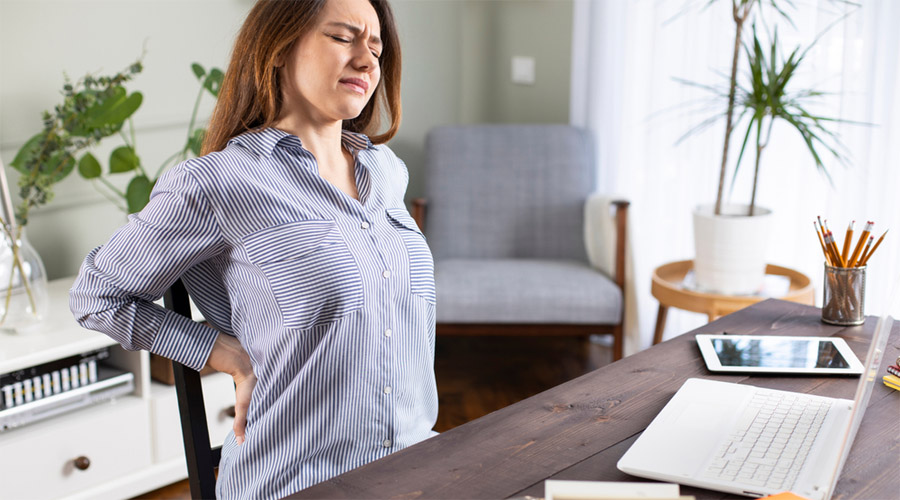
How does the permanent solution work for a permanent cure?
First, as I wrote, it is essential to specify your desire (to be or to have) before anything else because this creates your intention (the goal to be accomplished that is close to your heart).
Specific steps are essential in the process of conscious creation:
STEP 1: CHOOSE YOUR DESIRE
Choosing a negative desire like “no more pain in your lower back” is so overwhelming that your mind is constantly filled with confusion and frustration.
Why not choose a positive desire like “I want to get back into my physical shape” or “I want to be physically well once and for all”?
It allows you to decide and motivate yourself by getting closer to the things you love rather than moving away from what you don’t. In truth, to move away from something is to be afraid of it and to approach something is to love it.
A desire is a state of being, a feeling, or a sensation that you want to achieve. It can occur consciously by knowing and deciding clearly what you want or unconsciously by imitating the environment in which you have been conditioned.
Our current environment conditions our minds to live with chronic lower back pain by repeating the exact reactive solutions as our predecessors.
STEP 2: CHOOSE YOUR INTENTION OR GOAL
So, to make sense of your desire, you have to create something by accomplishing a goal close to your heart, thus clarifying your intention.
To do this, all you have to do is ask yourself this question: What accomplishment is so dear to my heart and that will allow me to say that I have achieved my desire?
The answer is a series of words that describe your desire. For example, I want to get back in shape so that I can run outside for 30 minutes, or I want to get back in shape once and for all so that I can go on vacation with my wife in complete physical autonomy to move around.
Intention is an accomplishment you want to create, a purpose you are passionate about through actions to be done. In other words, you cannot accomplish this goal or realize your desire without actions.
STEP 3: HOW DID YOUR SITUATION BORN?
Accepting and understanding how your chronic lower back pain started is the only path to an awareness that allows for complete healing through your creative power.
Many passive and active therapies are undertaken without any consideration of how you created this situation in your life. You can do many activities or receive a lot of passive therapy that will temporarily relieve your pain, but if you don’t act on the real causes that you have developed, then you are aiming wrong.
This is where all the difference lies because forgetting how you created your experience is to relive it unconsciously and never transform your situation. There are many therapies you can try until you realize your mistake—and that of all these therapists—in not being interested in understanding how your situation arose.
The truth is, no one in the world knows what has happened in your life better than you, therefore, there is no such thing as lower back pain. I would love to hear health professionals tell me how their back pain started so that they show me that they are aware of this critical step instead of forgetting or ignoring it!
THE BIRTH OF MY LOWER BACK PAIN
In 2005, at the age of 46, I tore the meniscus on my right knee in a wave in Mexico. I thought I had a significant sprain, and in the space of 3 months, I took about 50 free. Still, I was in great shape and ran thrice a week for the past fifteen years.
Then, in 2006, I moved to Colombia (my wife is Colombian). I had the operation in 2009, so I walked a little crooked for four years, blocking my right knee and taking smaller steps to compensate.
Two weeks after the operation, I got out of bed with severe lower back pain, and since then, every time I want to walk, my lower back hurts. It’s 2021, so I’m 12 years old and have lower back pain when I’m standing.
This is how my situation started, but it got worse.
STEP 4: HOW DID THIS SITUATION BECOME AN UNCONSCIOUS HABIT?
Since 2001, I have been sitting at my computer creating websites, but I have always been in good shape by running at least three times a week between 30 minutes and 60 minutes. I even did five marathons. So, in 2005, I stopped running due to my meniscus injury, gained over 50 pounds in three months, and was used to my stride while walking getting shorter and shorter. I am now seated for more than 10 hours a day.
So my leg muscles, which attach to the lower back through my knees and thighs, were getting shorter and shorter, atrophied from this lack of range of motion, as I would no longer run or walk with it. A longer, more natural step.
By talking to a conscious massage therapist (my daughter) and manipulating my lower muscles, we understood and realized that this deep habit of taking small steps and sitting too long caused my lower muscles to be weak by shortening them through muscle atrophy. When I stood up, then these too-small muscles pulled on the extremities where they are attached, so the lower back, my knees and my quadriceps, without forgetting the imbalance that this made to me in the other muscles, especially the hamstrings, the hips and psoas. Also, my weight was not helping, as I was now 80 pounds overweight.
Therefore, based on facts and observations, we concluded that there were certain things to be done if I were to accomplish my goal and achieve my desire.
STEP 5: WRITE OUT YOUR STRATEGY AND ACTION PLAN
Wanting to accomplish something without having a written action plan is a harmful habit that doesn’t work, and looking at all the health professionals, all the leaders and all those people who like to be in positions of authority, we can see that they too don’t have a written plan in their own lives.
So, you have to write your action plan in order to be motivated to take action, but if the plan comes from others, you will not have the motivation or commitment to succeed.
People are unaware of the great value of writing your action plan because, in our societies, this practice is not used, regardless of the level of education. A conscious and evolved person knows full well that a written action plan is what works to accomplish anything.
Also, you should choose a physical activity that you enjoy, not one that you were told to do by someone else. If you don’t like swimming, there is no point in forcing yourself to do so.
In my situation, we observed that:
- My lower muscles were atrophied
- That I had an imbalance in my posture
- I was overweight
- That my stride to walk was too short
- Whether I was sedentary in my work or my hobbies
This is my starting strategy, which then consisted of writing a monthly action plan to use my creative power in thought, writing, and action. Then, I evaluated myself at the end of each month with my massage therapist to see if new decisions and actions could be made when they were not producing the expected results or when I did not feel improvements.
You have to redo an action plan every month because there are continuous progressions, modifications and adjustments.
Why a written action plan?
- To realize that we are doing it for our interests
- To have the motivation to act
- To make a personal commitment to accomplish a goal that is important to us
- To persevere in the action when it does not work and thus get closer to those that do work
- To never forget why we do this
- To keep the hope of success
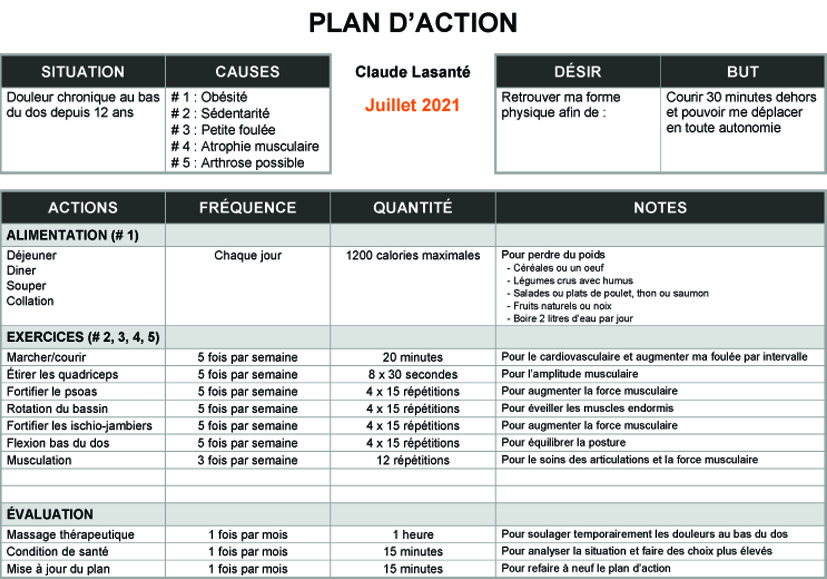
The reason for failure is almost always the lack of a written action plan!
To finish
Getting moving is probably the most important thing you can do for your chronic lower back pain. However, driving without being aware of the process behind your back pain is a blind cure.
When you have back pain, your first instinct may be to avoid physical activity and sit or lie on the sofa until the pain subsides.
But doctors and healthcare professionals now think, in most cases, it’s probably the worst thing you can do. Studies comparing exercise to no exercise for chronic low back pain are clear: Physical activity helps relieve pain and stop it if you know the process that gave birth to it, while Inactivity can delay a person’s recovery.
However, suppose you choose a therapist unaware of wanting to find out with you. What gives and gives birth to your chronic lower back pain and, from there, makes you realize the importance of creating together a strategy and a written plan of action? Then you are in the presence of someone who is only looking to relieve you temporarily so that you come back out of habit.
The only difference between success and failure is in PERSEVERENCE!
Choose massage therapists attentive to your desire
If you want a temporary solution to relieve your pain or if you want a permanent solution to both relieve your pain and be free from it once, and for all, we invite you to experience something different and higher by your intention.
